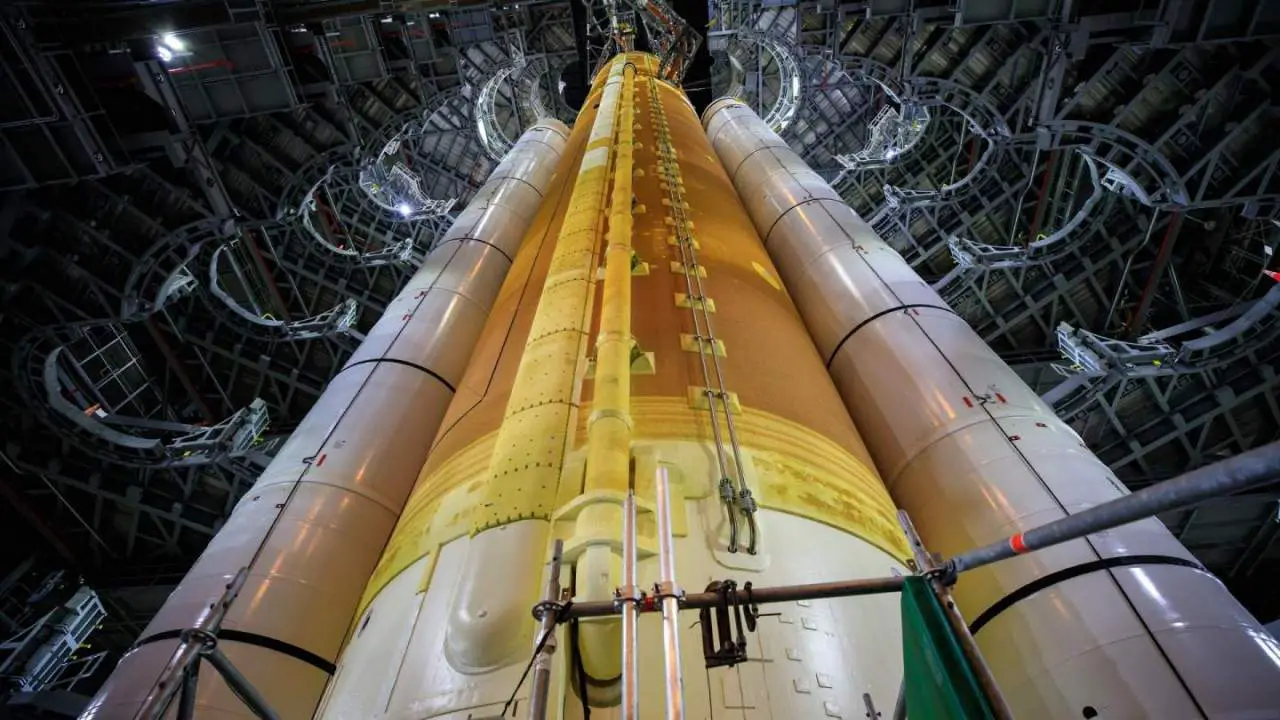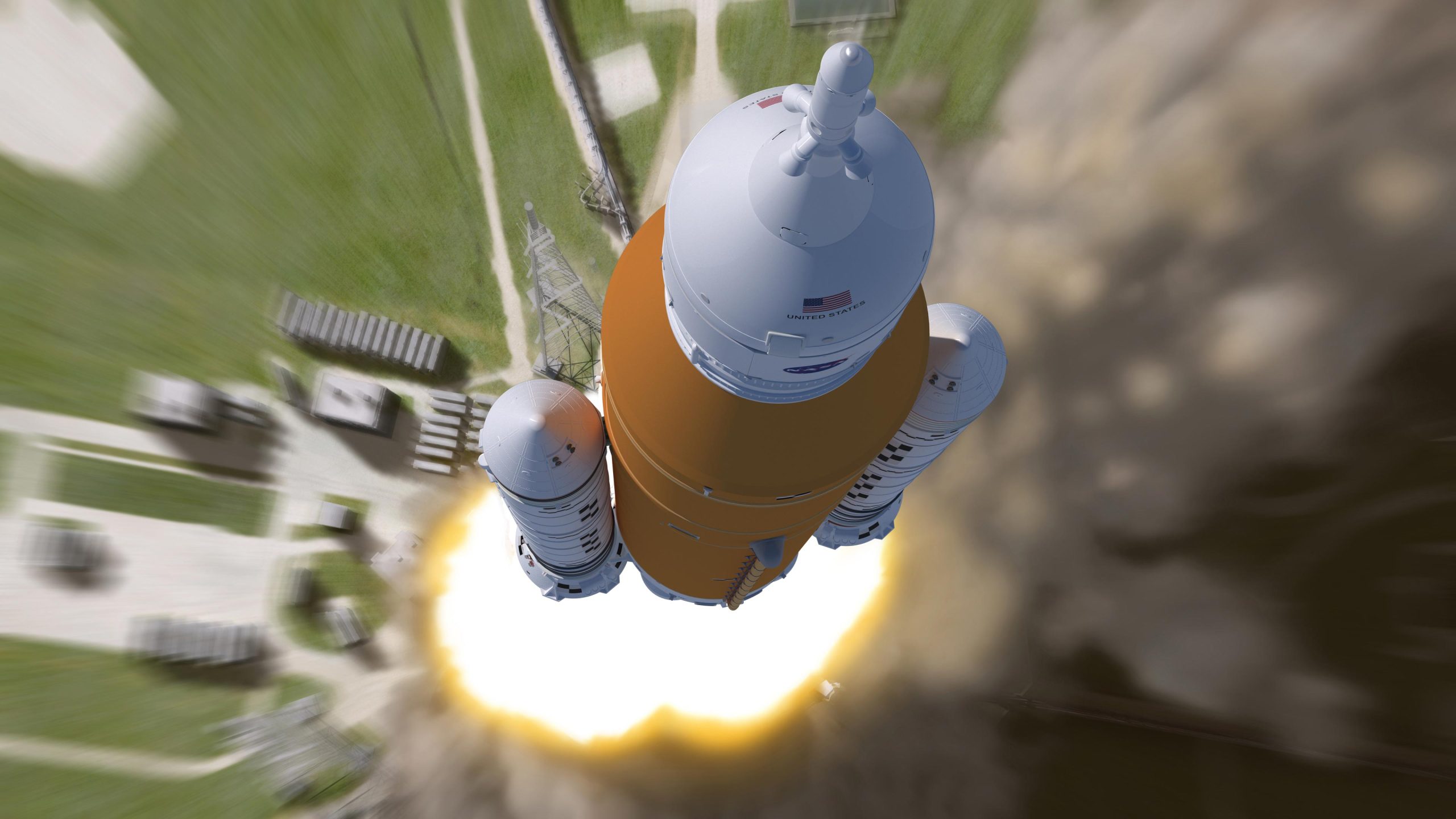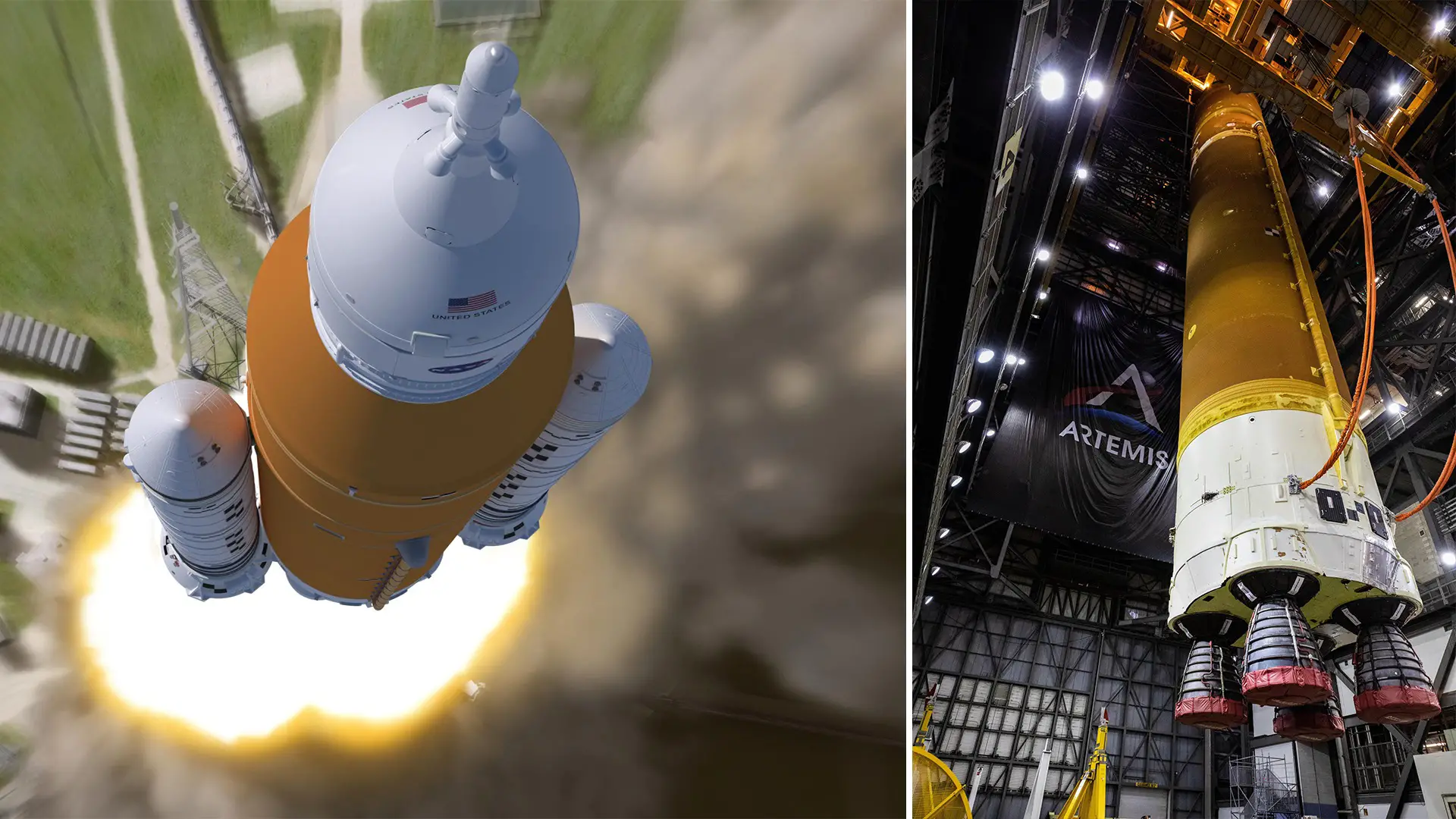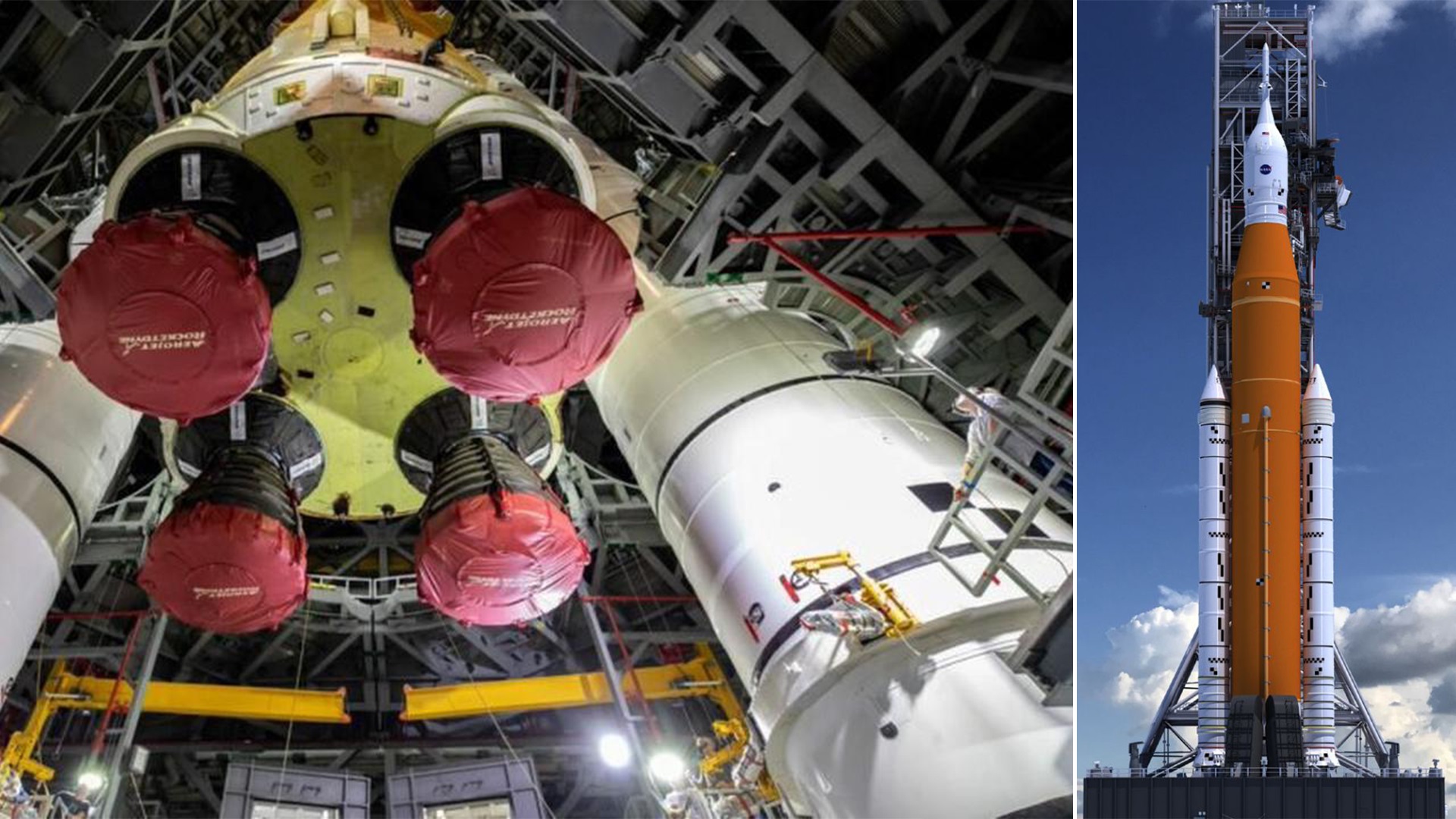It has been more than 50 years since any person has stepped foot on the moon but NASA has plans to alter that. Using a completely new rocket and capsule technology, the agency’s Artemis program hopes to deliver people to the moon’s south pole in the coming years.

However, getting to this lofty aim has not been easy. Despite a 2019 statement that humans will return to the moon in five years, reality has proven to be far slower and more complicated. So here’s why none of us will see folks on our planet’s favorite satellite for a little longer.
In November of last year, NASA postponed the crewed landing on the moon. According to The Guardian, NASA Administrator Bill Nelson blamed Congress for the delays, claiming that Congress had not appropriated enough funding to support the mission’s substantial expenditures, such as the development of a lunar lander.
A legal challenge by Amazon founder Jeff Bezos’ Blue Origin firm, which argued that NASA’s selection of competitor SpaceX to construct the landing technology was unfair, also caused problems. Blue Origin’s legal appeal, however, was unsuccessful, and SpaceX will proceed with the building of their lander.
The Artemis mission’s initial objective was to put people on the moon by 2024, however, this was largely seen as an impossible ambition. The new objective is to put an unmanned spacecraft on the moon by 2025, a far more realistic deadline.
“It is an agency goal to return to the Moon as fast and securely as feasible,” Nelson said (via NASA). “However, given the current lawsuit and other considerations, the first human landing under Artemis is unlikely to occur before 2025.”

The Artemis program will include a number of flights, the first of which will be an uncrewed Artemis I trip to test NASA’s new rocket and spacecraft, which will ultimately carry a crew.
The Space Launch System rocket and the Orion spacecraft will be launched and flown into orbit around the moon for six days before returning to Earth as part of the Artemis I mission.
Artemis II, slated for launch in 2024, will be a crewed test flight of the same capsule and rocket that will take the crew around the moon and back to Earth.
Artemis III, slated for launch in 2025, will be the next significant mission that will see people return to the moon. Astronauts will be transported from orbit to the moon’s surface, where they will stay for about a week before returning to Earth in a customized lander.
NASA also has plans for more flights to build the Lunar Gateway space station, as well as housing, rovers, and research equipment on the moon.

However, all of this is going to be expensive. “NASA is expecting at least ten Moon landings in the future,” Nelson added, “and the agency will require considerable increases in financing for future lander competitions, beginning with the 2023 budget” (via NASA).
At the moment, NASA is continuing to test the Artemis I Core Stage, having just completed engineering tests to guarantee the rocket is ready for its mission (via NASA).
Source: SlashGear

